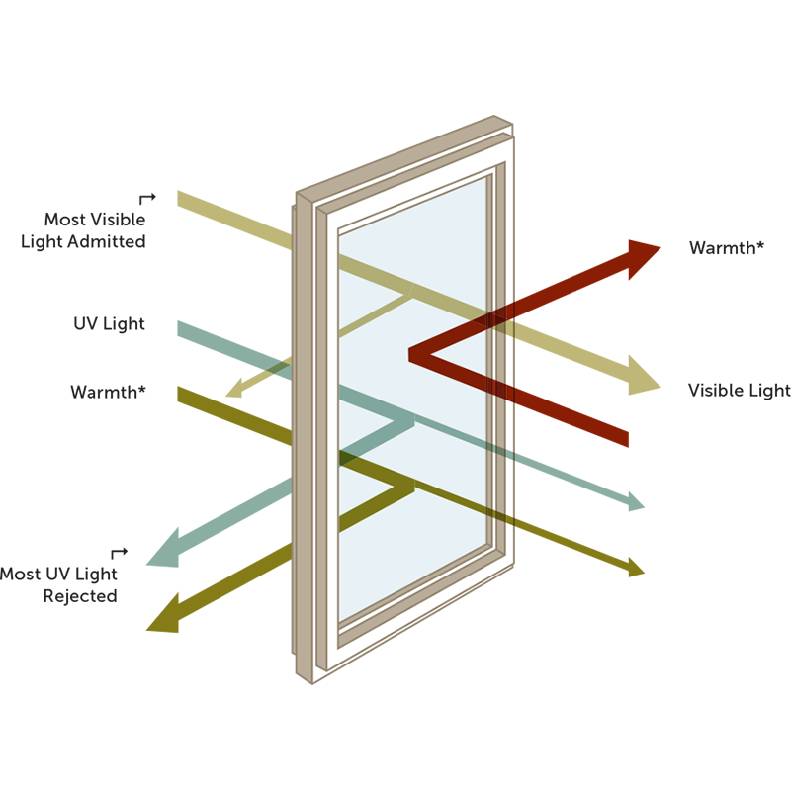

The Versatility and Strength of Tempered Glass Panels
Tempered glass panels have emerged as a popular choice in modern architecture and interior design, providing an amalgam of aesthetic appeal and exceptional strength. With their unique manufacturing processes and inherent characteristics, tempered glass panels are becoming indispensable in various applications, ranging from residential buildings to commercial spaces.
What is Tempered Glass?
Tempered glass, also known as toughened glass, is produced through a thermal treatment process. Initially, the glass is heated to over 600 degrees Celsius and then rapidly cooled. This process alters the internal structure of the glass, making it significantly stronger than standard glass. The result is a product that is highly resistant to thermal stress and mechanical impact. In fact, tempered glass is approximately five to six times stronger than ordinary glass of the same thickness.
Safety Features
One of the primary advantages of tempered glass panels is their safety features. When tempered glass does break, it shatters into small, blunt pieces rather than sharp shards, reducing the risk of injury. This safety characteristic makes it an ideal choice for environments where safety is a concern, such as in homes with children or commercial spaces with a high volume of foot traffic.
Applications in Architecture and Design
The versatility of tempered glass panels allows them to be used in a multitude of architectural and design applications
. Here are some of the key uses1. Windows and Doors Tempered glass is commonly used in windows and doors due to its strength and insulating properties. It can withstand harsh weather conditions, making it suitable for both residential and commercial buildings.
2. Shower Enclosures Glass shower doors made from tempered glass offer a sleek, modern look while providing durability and safety. Their ability to resist temperature changes makes them less likely to crack compared to regular glass.

3. Facades and Partitions Many contemporary designs incorporate large glass facades that not only enhance aesthetic appeal but also improve natural light infiltration. Tempered glass panels are utilized in these designs due to their structural integrity.
4. Railings Glass railings made from tempered glass are popular for both outdoor and indoor settings. They provide safety without obstructing views, maintaining open lines of sight in various environments.
5. Furniture Tempered glass is frequently used in furniture design, such as tabletops, shelves, and display cases. Its elegance combined with strength complements various styles, from modern to classic.
Environmental Considerations
In an age of growing environmental consciousness, tempered glass stands out as an eco-friendly material. It is 100% recyclable and does not emit any harmful substances during its production or usage. Additionally, the use of glass in buildings can contribute to energy efficiency, allowing for better thermal regulation and reduced energy consumption.
Maintenance and Care
One of the most appealing aspects of tempered glass panels is their low maintenance requirements. They are easy to clean and do not require specific chemicals, making them convenient for both residential and commercial users. Regular cleaning with a non-abrasive cleaner and soft cloth will keep the glass looking pristine.
Conclusion
In summary, tempered glass panels are a remarkable testament to modern engineering and design. Their unparalleled strength, safety features, and versatility make them an ideal choice for various applications in architecture and interior design. Whether used in a stunning glass facade, a chic shower enclosure, or a functional piece of furniture, tempered glass panels enhance both the beauty and safety of our environments. As we progress into a future that values both aesthetics and functionality, the role of tempered glass panels will undoubtedly continue to expand.